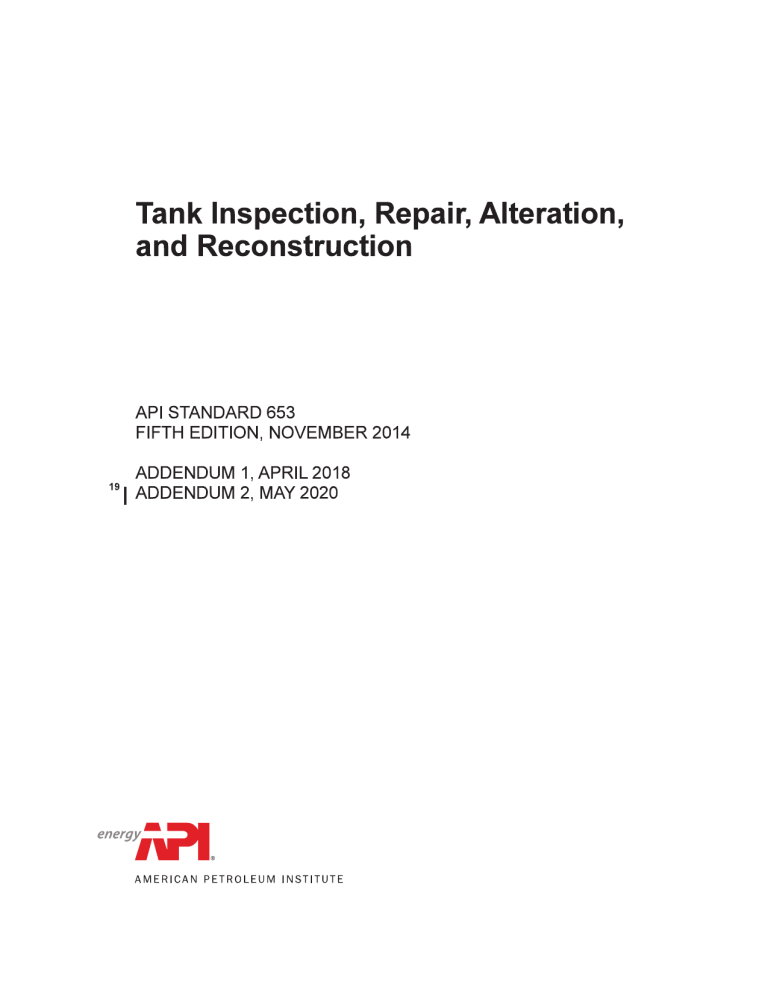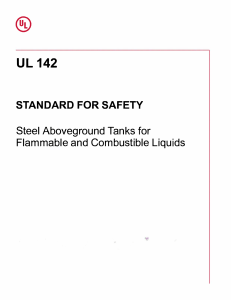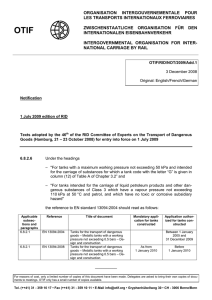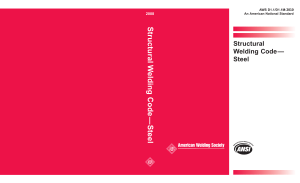
Copyright © 2020 American Petroleum Institute Fitness-For-Service Risk Based Inspection Design and Construction of Large, Welded, Low-pressure Storage Tanks Welded Tanks for Oil Storage Cathodic Protection of Aboveground Storage Tanks Lining of Aboveground Petroleum Storage Tank Bottoms Venting Atmospheric and Low-pressure Storage Tanks: Nonrefrigerated and Refrigerated Protection Against Ignitions Arising Out of Static, Lightning, and Stray Currents Safe Welding, Cutting, and Hot Work Practices in the Petroleum and Petrochemical Industries Requirements for Safe Entry and Cleaning of Petroleum Storage Tanks Safe Hot Tapping Practices in the Petroleum and Petrochemical Industries Preparing Tank Bottoms for Hot Work Guidelines for Safe Work in Inert Confined Spaces in the Petroleum and Petrochemical Industries Boiler and Pressure Vessel Code (BPVC) Section V: Nondestructive Examination BPVC Section VIII: Pressure Vessels; Division 2: Alternative Rules BPVC Section IX: Welding and Brazing Qualifications Personnel Qualification and Certification in Nondestructive Testing Standard Specification for General Requirements for Rolled Structural Steel Bars, Plates, Shapes, and Sheet Piling Standard Specification for General Requirements for Steel Plates for Pressure Vessels Standard Specification for Carbon Structural Steel Standard Test Methods and Definitions for Mechanical Testing of Steel Products Standard Specification for Structural Steel Shapes Structural Welding Code—Steel Structural Welding Code—Stainless Steel Design, Fabrication, and Inspection of Tanks for the Storage of Petroleum Refining Alkylation Unit Spent Sulfuric Acid at Ambient Temperatures prior to returning the tank to service after the tank is returned to service at the next scheduled internal inspection monitor condition for continued deterioration


